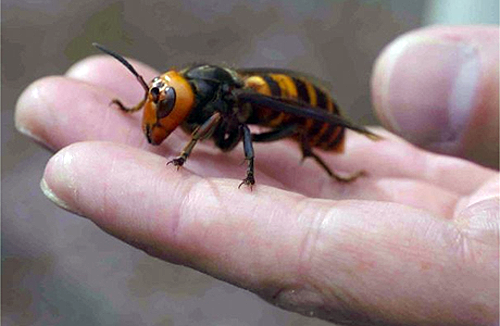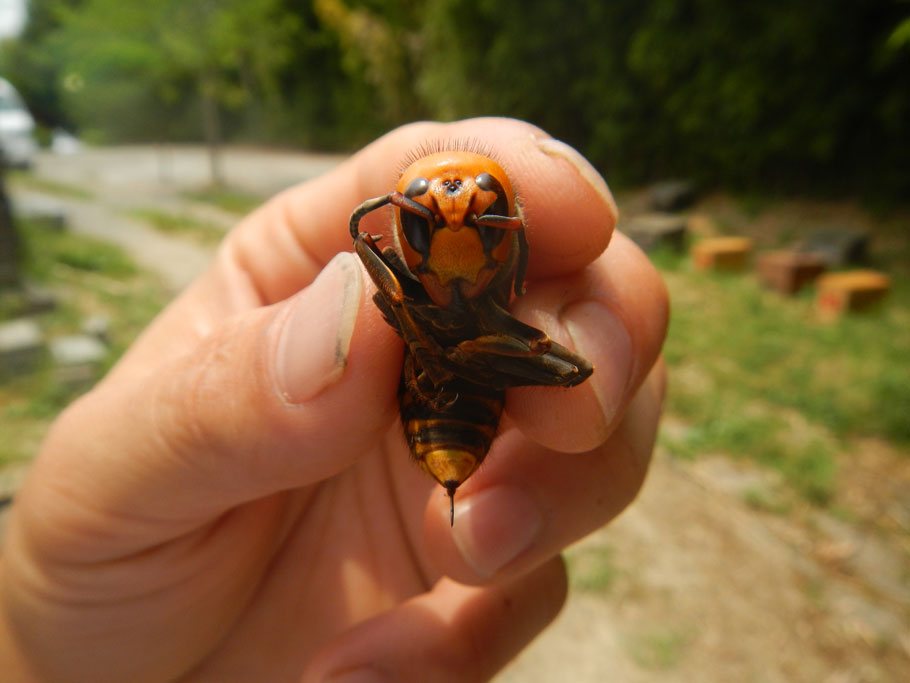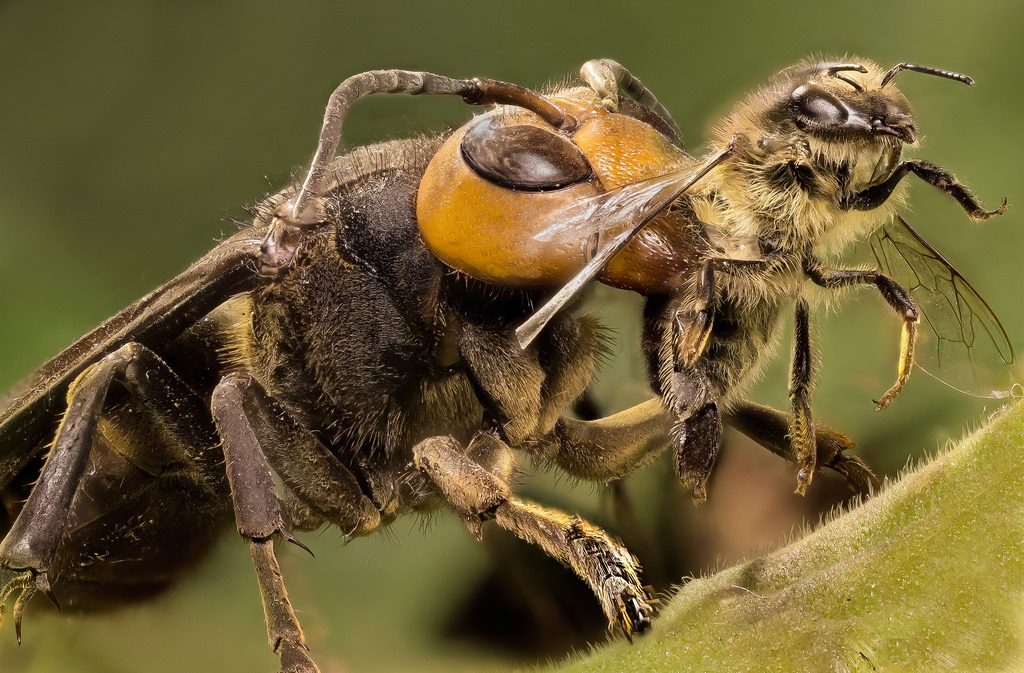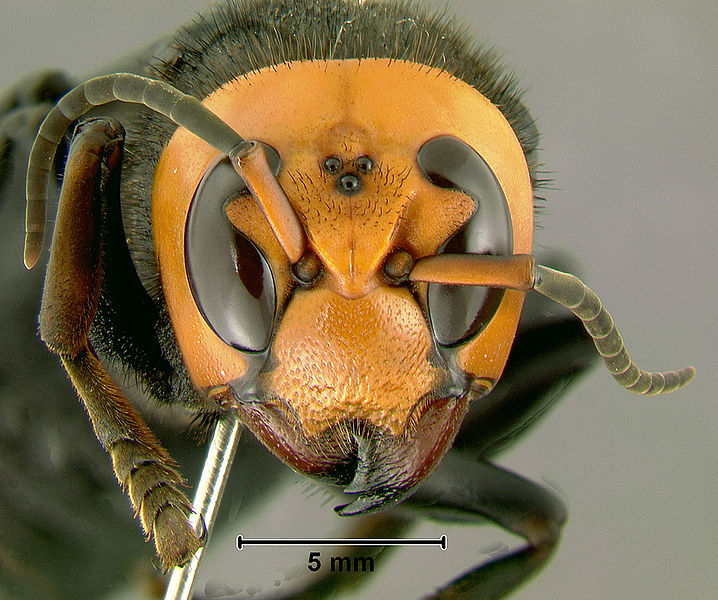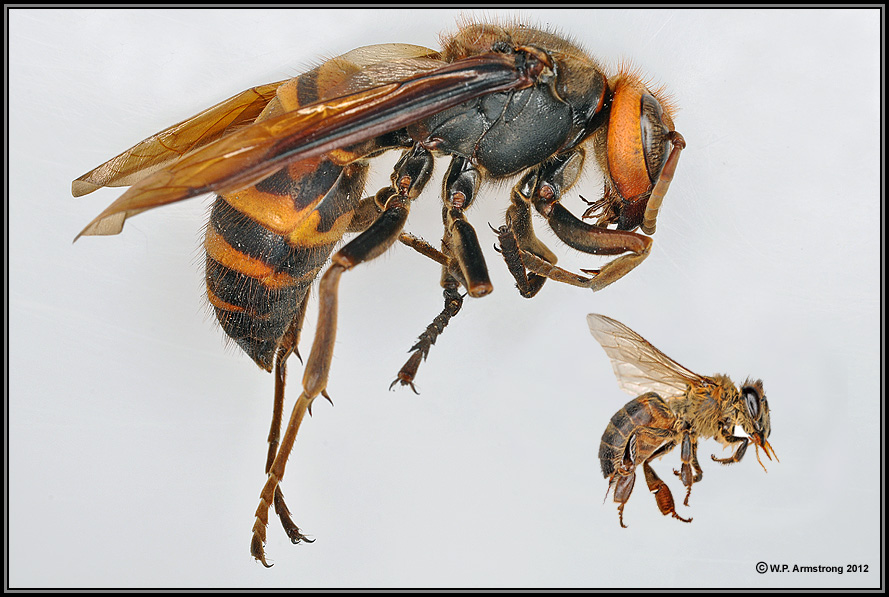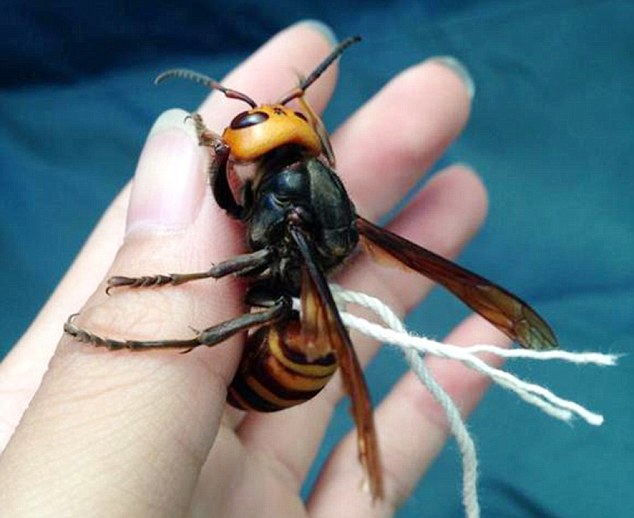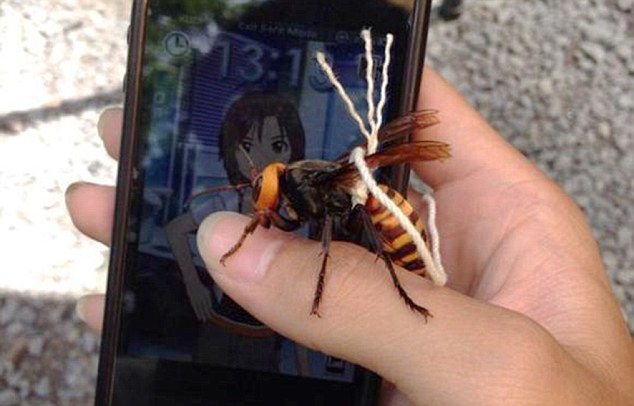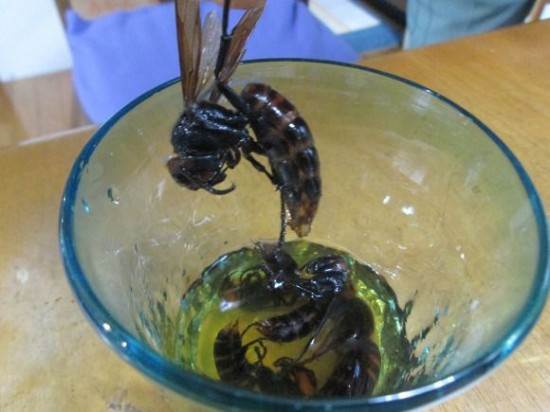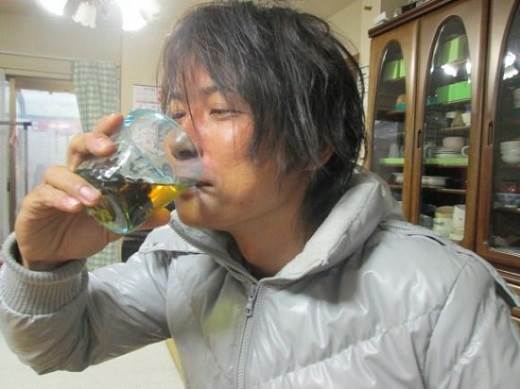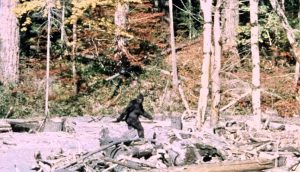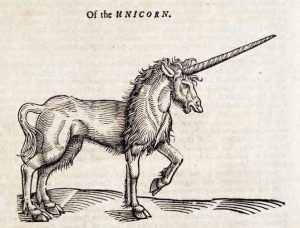Japanese Giant Hornets Take No Prisoners
The Japanese giant hornet (Vespa mandarinia), also know as the yak-killer and the giant sparrow bee, is a fearsome looking insect.
It is a subspecies of Asian giant hornet and lives in forested regions of the Japanese islands. It’s one of the biggest wasps in the Universe, has a powerful sting, and can fly at up to 25 miles per hour.
Japanese Hornet’s Sting
The hornet’s sting alone can be well over half a centimetre long, the venom it produces, however, is not the most deadly of all wasp venom. That accolade goes to Filipino Vespa luctuosa, and the worst insect attack of all goes to the bullet ant, just FYI.
But what the Asian giant hornet’s poison lacks in potency, it makes up for in volume: the quantity of toxin it injects can be overwhelming. Humans do fall foul of the hornet’s sting, but fatalities are normally due to allergic reaction; however, the toxin is potent enough to kill non-allergic humans.
The sting, as reported by Masato Ono, an entomologist at Tamagawa University, sounds nasty:
“[It feels] like a hot nail being driven into my leg.”
I’m assuming he hasn’t had a hot nail hammered into his leg before, but I also assume he’s had more than his fair share of stings. So I’ll take his word for it.
Like many bee and wasp venoms, the active ingredient in the Japanese giant hornet’s sting is a cytolytic peptide. The effects on animal tissue vary depending on where you are stung, but most commonly, the peptide causes cells to swell and burst and/or the membranes of the cells to digest themselves.
The venom also contains a neurotoxin called mandaratoxin, just for good measure. Mandaratoxin seems to prevent the victim’s neuronal action potentials (signals) from traveling along nerves, by reducing the sodium current.
Other than humans, the Japanese giant hornet is the most dangerous animal in Japan. They kill 20–30 humans per year, pushing bears and snakes into second and third place with 0–5 and 5–10 victims, respectively.
Most Japanese giant hornet deaths are from multiple stings. The general rule of thumb is that if you get more than 30 stings you are in serious trouble. Here’s what that might look like:
Japanese giant hornets are predatory and snack on smaller insects, so farmers are generally pleased to see them because they get rid of pests. The hornets capture their prey and chop them into smaller bits, only taking away the parts that are juiciest. For instance, the flight muscles of their quarry are favoured over the legs and wings.
Japanese Wasp Versus Bee Colony
A group of people that certainly aren’t pleased to see Japanese giant hornets are Japanese bee keepers. Endemic strains of Japanese bees have defences against these vicious intruders, but, in general, bee keepers in Asia use European bees because they produce more honey. The European bees, with no experience of life alongside these hornets, makes them incredibly sensitive to attack.
When a Japanese giant hornet on a recon mission comes across a European bee colony, it produces a pheromone from its van der Vech’s gland. This pheromone attracts all of its siblings to descend on the poor European honey bee’s home and begin the slaughter.
This giant is the only known hornet to release a pheromone to attract its buddies in this way. The hornet easily decapitates honey bees with a swift movement of their large, powerful mandibles.
One single giant hornet can kill 40 honey bees in a minute. Thirty of these over-sized hornets can wipe out a 30,000 strong bee colony in a little over 3 hours.
After the hornet’s finished massacring of the hive, they take back the bee abdomens to feed to their children, leaving their legs and heads to fester. The hornets also take their honey stores and larvae.
Japanese Honey Bee’s Defence
Japanese honey bees aren’t much different in size to their European cousins, so how do they defend against the Japanese giant hornet? This is clever, really clever. In general, if an intruder comes up to a bee’s hive (European or Japanese) they will be aggressively approached by bee sentinels.
When the European bees try this sort of attack with a giant hornet, they are unceremoniously cleaved into their respective body parts. The Japanese bees know better.
When a Japanese giant hornet approaches the much more savvy Japanese bees, they retreat inside, leaving the hornet a gap to crawl into. Once the giant hornet is inside, the bees pile out of their hiding places in a cloud formation around 500 strong. They crowd the hornet, completely smothering it.
The energy used to make their tiny little wings beat is turned into heat, which is directed straight to the centre of the bee ball, lifting it to 47 °C (117 °F).
Although Japanese giant hornets are very sensitive to overheating, thanks to their ridiculous size, this temperature increase is not enough to kill them. But don’t worry, the Japanese bees haven’t finished yet.
The second effect of the bee ball is a rise in carbon dioxide in the centre of the action. The hornets (and bees) are more susceptible to temperature increases when the levels of carbon dioxide are higher; it is these changes in gas levels that are the nail in the hornet’s coffin. The bees win, but they can expect some losses on their side too.
More recent research into the battle between hornet and bee has thrown up another interesting trick. In an attempt to pre-empt and avoid needless deaths on both sides, the bees appear to release a type of “I see you” scent to let the hornet know he’s been spotted and not to bother getting involved.
How wonderful.
Japanese Hornet Pet
On a lighter note, one chap reckons he has “tamed” a Japanese giant hornet. He claims to have removed the poison sack and stinger and now takes it out and about on a piece of string. That’s the “pet” in the pictures above and below.
As you might imagine, an insect as deadly and frightening as the giant hornet is bound to have been eaten or drunk at some stage. That’s what boys do. They find the most terrifying and/or disgusting thing and then they consume it so that girls will be impressed (which they never are).
In Japan, a distilled drink called Shōchū is popular, it’s made with a variety of ingredients and one guy in Japan’s Kumamoto Prefecture includes fermented giant hornets in the recipe. The wasps are captured and placed into the mixture whilst still alive.
Apparently it is important that they are alive when they are put into the mix so that in their pre-death rage they release their toxic splurge into the juice. This concoction is left for three years, then simply open and enjoy!
The guy in the picture is from RocketNews 24 and he had the following to say about the hornet brew:
‘Let’s be frank. It stinks, it tastes bad, and it looks like crap.”
I’ll swerve it thanks. In fact, if I can, I’ll try my best to avoid coming into contact with the Japanese giant hornet all together. You might have heard stories of a terrifying Asian stinging creature coming over to Britain from France. Fear not, they’re not taling about the Japanese hornet, they’re talking about the Asian hornet. They’re actually smaller than our resident hornet, and, although some people have died after being stung due to anaphylactic shock, they’re not quite as sinister as the Japanese hornet.
MORE:
SOLIFUGAE – LIKE SPIDERS BUT MORE MINGING
CREATONOTOS GANGIS, ANOTHER WEIRD INSECT

